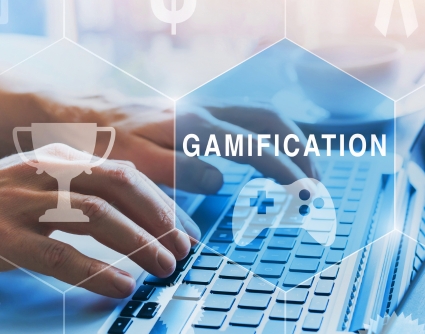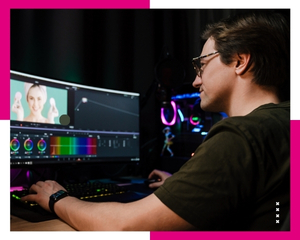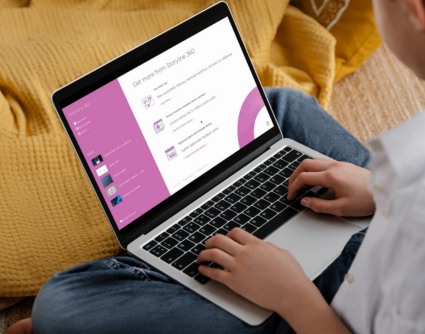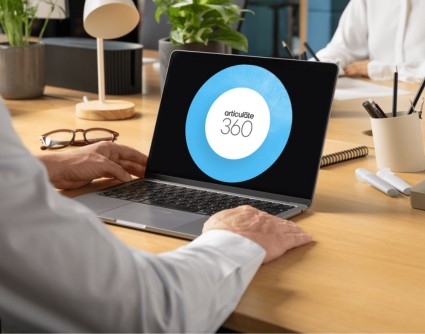Training to Become an E-Designer: Creating Engaging Online Learning Experiences
The rise of digital technologies has completely reinvented the way we learn and develop new skills. At the heart of this revolution, the E-Learning Designer stands out by creating online learning experiences that are both interactive and engaging. These modules not only engage the user but are also designed to be effective. If you have a passion for education and technology, and possess creativity, consider this career. Training to become an E-Learning Designer could be the ideal professional path for you. This career offers the opportunity to shape the education of tomorrow. By exploring this field, you can apply your creativity while using the latest technological innovations.
What is an E-Designer ?

An E-Learning Designer, or E-Designer, is an expert who develops online learning programs. Their primary goal is to create virtual environments conducive to learning. These spaces facilitate the transmission of knowledge and the development of skills. Whether for corporate training, formal education, or professional development, E-Learning Designers are essential. They play a key role in creating interactive and relevant content. Furthermore, their contributions also benefit personal learning.
Required Skills
To succeed as an E-Learning Designer, several skills are required :
- Pedagogical Knowledge: Understanding pedagogical principles is crucial for creating effective learning experiences that meet learners’ needs. is crucial for creating effective learning experiences that meet learners’ needs.
- Mastery of Tools: In-depth knowledge of e-learning creation and development software is essential. This may include authoring tools, learning management platforms, and multimedia technologies.
- Technical Skills: An understanding of web technologies, interactive design, and programming can be helpful for customizing and optimizing online courses.
- Creativity: Imagining innovative approaches to present content in a captivating and stimulating way is a key aspect of the role.
- Communication : Communication with stakeholders, subject matter experts, and learners is essential to ensure that the content meets specific needs.
E-Learning Design Training
With the support of our industry experts, training to become an E-Learning Designer takes place :
- Online through Asynchronous Learning: You will have the autonomy to learn at your own pace through modules created by our digital designers. Each module focuses on a specific topic and follows a carefully structured progression.
- Online through Virtual Classes: These sessions provide an opportunity to interact with other learners and industry experts. They allow discussions on pedagogical and technical questions related to the training.
- Online through Tutoring Sessions: You will have one-on-one sessions with trainers and industry experts. They will address specific questions, guide you through your learning path, and help you prepare for certification.
Career Prospects

The field of E-Learning Design is constantly evolving, offering exciting career prospects. E-Learning Designers can choose to work independently or collaborate with training companies. They also have opportunities within educational institutions or government organizations. Given the growing demand for high-quality online training, these professionals are becoming essential to the future of education and workforce development.
Conclusion
Training to become an E-Learning Designer launches a dynamic and creative career, combining educational institutions and training organizations. By developing pedagogical, technical, and creative skills, you’ll be equipped to design impactful learning solutions. This way, you will provide innovative and accessible learning experiences to learners around the world. Whether you are already in the education field or considering a career change, E-Learning Design opens the door to exciting new opportunities. Here is our training schedule, fully online and eligible for the Personal Training Account.
1.What are the key skills needed to excel as an e-learning designer ?
To succeed in the field of e-learning design, it is essential to possess a combination of pedagogical, technical, and creative skills.
- Pedagogy: A solid understanding of teaching methods and learning strategies is key to creating content tailored to learners’ needs.
- Technology: Proficiency in authoring tools (such as Articulate Storyline, Adobe Captivate) and Learning Management Systems (LMS) is crucial for developing and delivering interactive modules.
- Design: Skills in graphic design and UX/UI are necessary to create appealing and intuitive interfaces, enhancing the user experience.
- Project Management: The ability to plan, organize, and manage training projects while meeting deadlines and budgets is also important.
- Communication: Strong communication skills help facilitate collaboration with stakeholders and ensure clear, effective information delivery.
2.What are the career opportunities after completing training in e-learning design ?
Training in e-learning design opens the door to a wide range of career opportunities across various sectors :
- Multimedia Instructional Designer : Creating interactive educational content for training organizations or companies.
- Digital Learning Project Manager : Leading online training projects from design to implementation, often after gaining experience as a junior e-learning designer.
- E-learning Consultant : Supporting organizations in the digital transformation of their training programs and optimizing learning systems.
- Online Trainer : Delivering remote training sessions using digital tools to engage learners.
- E-learning Module Developer : Programming and integrating interactive content in collaboration with subject matter experts.
3. How does the training to become an e-learning designer at E-Learning Designer work ?
At E-Concepteur, the training is designed to be flexible and tailored to learners’ needs :
- Asynchronous Online Modules : Participants access educational content at their own pace, allowing for gradual knowledge acquisition.
- Interactive Virtual Classes : Live sessions provide opportunities to deepen understanding, engage with trainers, and ask questions in real time.
- Practical Projects : Learners work on real-world projects, applying the skills they’ve acquired and reinforcing learning through hands-on experience.
- Personalized Support : Individualized guidance is provided by industry experts, offering advice and support throughout the training journey.
- Recognized Certification : Upon completion, participants receive a certification that validates their skills in e-learning design, enhancing their professional profile.
